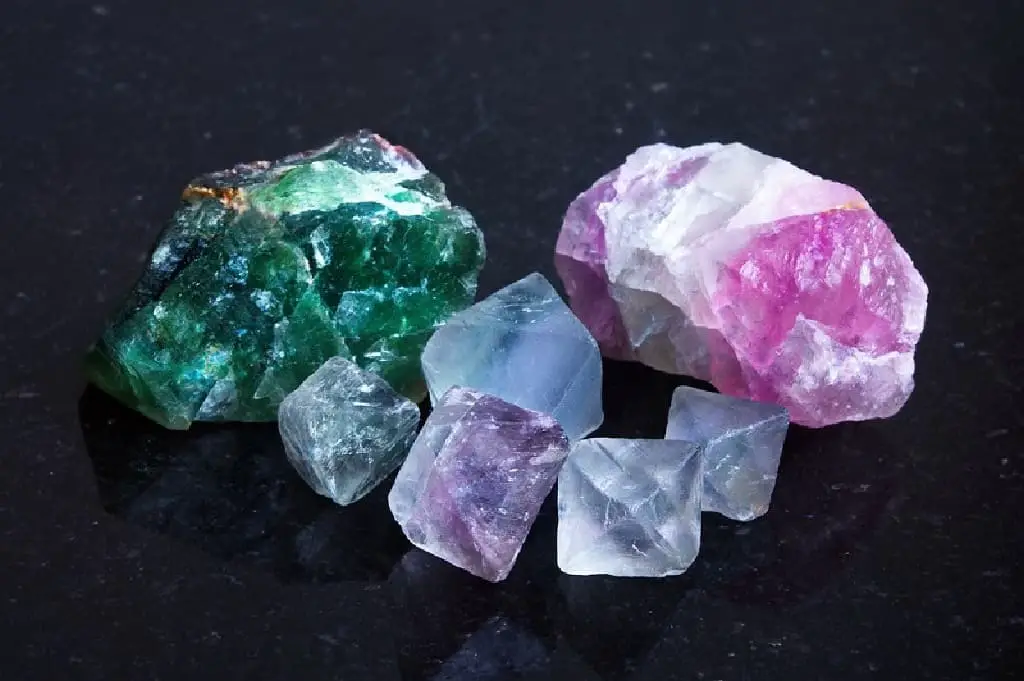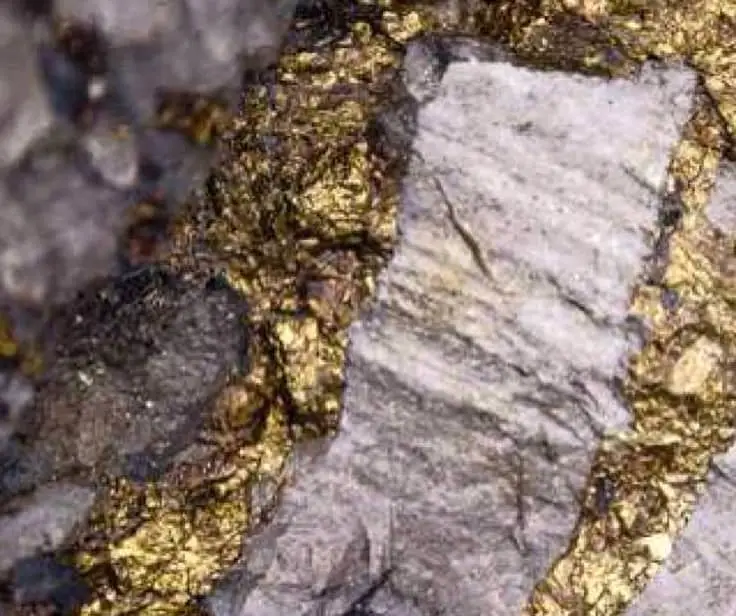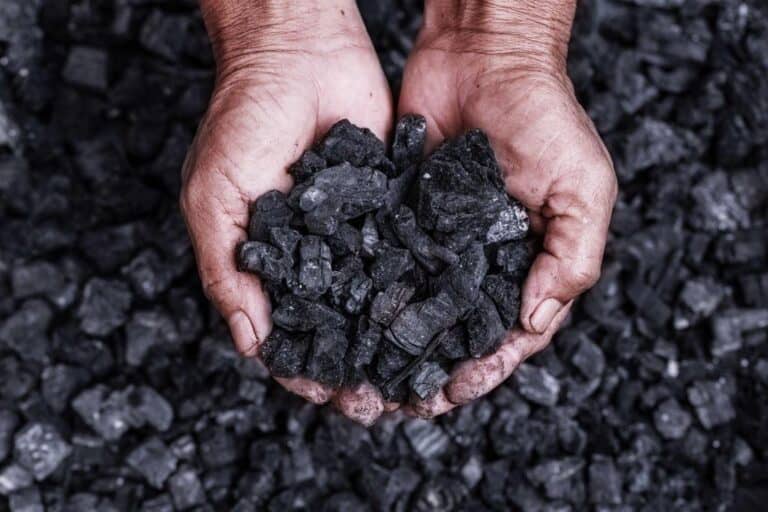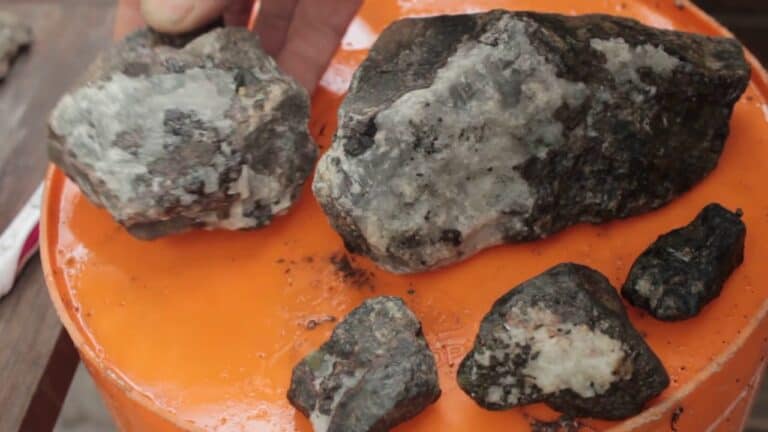Fluorite vs. Fluoride: What Are the Differences?

If you’re not familiar with the minerals fluorite and fluoride, it’s easy to get confused between the two. Both terms sound similar, but they refer to completely different things. Fluorite is a mineral, while fluoride is an ion that is commonly found in nature.
Understanding the differences between fluorite and fluoride is essential, as they have different properties, uses, and potential health risks.
In this article, we’ll explore the differences between fluorite and fluoride, their properties, and their uses. In addition to that, we will answer some of the most frequently asked questions about them.
What is Fluorite?
Fluorite is a naturally occurring mineral that is primarily composed of calcium fluoride (CaF2). It’s commonly found in a variety of colors, including purple, green, blue, and yellow. It is often used in the production of jewelry, decorative items, and sculptures.
Physical Properties of Fluorite
Fluorite has a cubic crystal structure and is typically transparent to translucent. Its luster can range from vitreous to dull, depending on the quality and type of fluorite. It has a hardness of 4 on the Mohs scale, making it relatively soft, and a density of 3.18 g/cm³.
How Fluorite is Formed
Fluorite is formed through hydrothermal processes that occur when hot fluids and gases interact with rocks and minerals. These fluids contain dissolved minerals, including calcium and fluoride, which react to form fluorite crystals.
Uses of Fluorite in Various Industries
Fluorite has a wide range of applications in various industries, including:
- Glassmaking: Fluorite is used as a flux in the production of glass, where it lowers the melting point of the raw materials and improves the quality of the finished product.
- Metallurgy: Fluorite is used in the production of steel and other metals, where it acts as a flux and helps to remove impurities from the metal.
- Ceramics: Fluorite is used as a flux in the production of ceramics, where it helps to lower the melting point of the raw materials and improve the quality of the finished product.
What is Fluoride?
Fluoride is an ion that is naturally found in rocks, soil, and water. It’s also found in some foods and beverages, such as tea and fish. Fluoride is commonly added to public water supplies to help prevent tooth decay and is also found in many toothpastes and mouthwashes.
Sources of Fluoride
Fluoride can be found in a variety of sources, including:
- Natural sources: Fluoride is naturally found in rocks, soil, and water.
- Food and beverages: Fluoride is found in some foods and beverages, including tea and fish.
- Water fluoridation: Many public water supplies are fluoridated, meaning that fluoride is added to the water to help prevent tooth decay.
Importance of Fluoride in Dental Health
Fluoride is important for dental health because it helps to strengthen tooth enamel and prevent tooth decay. When fluoride is ingested, it becomes incorporated into developing teeth, making them more resistant to decay. When fluoride is applied topically, such as in toothpaste or mouthwash, it helps to remineralize teeth and prevent the growth of bacteria that can cause tooth decay.
Potential Risks of Overexposure to Fluoride
While fluoride is an important mineral for dental health, overexposure to fluoride can lead to health problems. Some of the potential risks of overexposure to fluoride include:
- Dental fluorosis: Dental fluorosis is a condition that occurs when too much fluoride is ingested during the development of teeth, leading to white or brown spots on the teeth.
- Skeletal fluorosis: Skeletal fluorosis is a condition that occurs when fluoride accumulates in the bones, leading to joint pain, stiffness, and bone fractures. This condition is rare in areas with low levels of fluoride in the water, but can occur in areas where fluoride levels are high.
- Neurological effects: Some studies have suggested that overexposure to fluoride may lead to neurological effects, such as lower IQ scores in children. However, more research is needed to confirm these findings.
How to Identify Fluorite and Fluoride
Identifying fluorite and fluoride can be tricky, but there are a few key differences to look out for. Fluorite typically has a cubic or octahedral crystal formation and can come in a range of colors, including purple, green, yellow, and blue. Fluorite also has a distinctive fluorescence when exposed to ultraviolet radiation.
Fluoride, on the other hand, is a colorless or pale yellow gas at room temperature and pressure. It is highly reactive and can combine with other elements to form compounds such as sodium fluoride and calcium fluoride.
To identify fluoride in dental products, look for the ingredient sodium fluoride or stannous fluoride on the label. In municipal water supplies, fluoride is added in small amounts to help prevent tooth decay.
Fluorite vs. Fluoride: Key Differences
While fluorite and fluoride share a similar name, there are several key differences between them. Some of the most significant differences include:
- Composition: Fluorite is a mineral that is primarily composed of calcium fluoride, while fluoride is an ion that is naturally found in rocks, soil, and water.
- Uses: Fluorite is used in a variety of industries, including glassmaking, metallurgy, and ceramics, while fluoride is primarily used to prevent tooth decay.
- Physical properties: Fluorite has a cubic crystal structure, is relatively soft, and has a density of 3.18 g/cm³, while fluoride is an ion that does not have a crystal structure.
- Potential health risks: While both fluorite and fluoride have potential health risks, the risks associated with overexposure to fluoride are greater, particularly for dental fluorosis and skeletal fluorosis.
Fluorite vs. Fluoride: Which is Better?
When it comes to comparing fluorite and fluoride, it’s important to remember that they serve different purposes. Fluorite is primarily used in the manufacturing industry as a source of fluoride, while fluoride is used in dental products and municipal water supplies to prevent tooth decay.
Both fluorite and fluoride have their own unique properties and benefits. Fluorite’s vibrant colors and crystal formations make it a popular choice for gemstones and ornamental objects, while its use as a flux in the production of steel and other metals helps to remove impurities and improve their quality. On the other hand, fluoride’s ability to strengthen tooth enamel and prevent cavities has made it an important component of dental health.
In terms of safety, it’s important to note that while fluoride is toxic in high doses, the levels found in dental products and municipal water supplies are safe and have been deemed effective in preventing tooth decay. Fluorite, on the other hand, is generally considered safe when handled properly, but can release harmful dust particles if it is cut or polished without proper protective equipment.
FAQs
What are the melting and boiling points of fluorite and fluoride?
Fluorite does not have a melting or boiling point because it is a mineral. Fluoride is a gas at room temperature and pressure, and it has a melting point of -219.6°C and a boiling point of -188.1°C.
How is fluorite used as a gemstone?
Fluorite is cut and polished to create gemstones and ornamental objects.
What is the fluorescence of fluorite?
Fluorite has a distinctive fluorescence when exposed to ultraviolet radiation.





